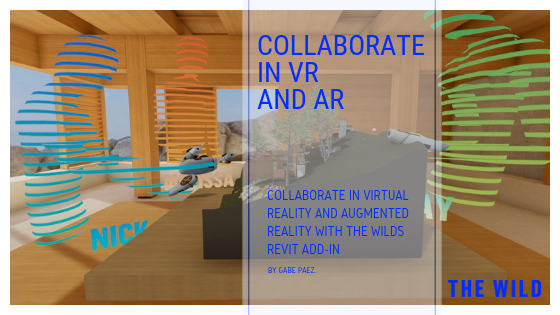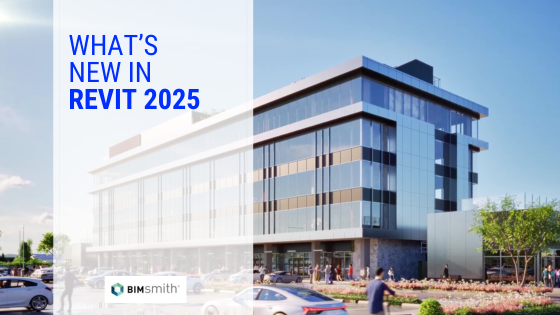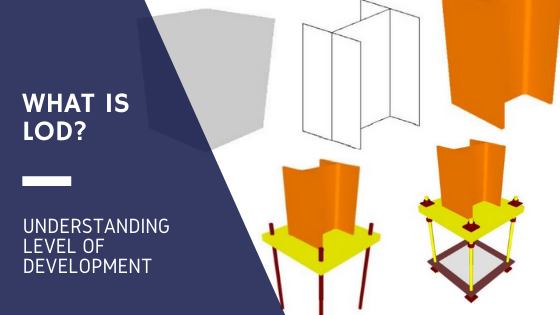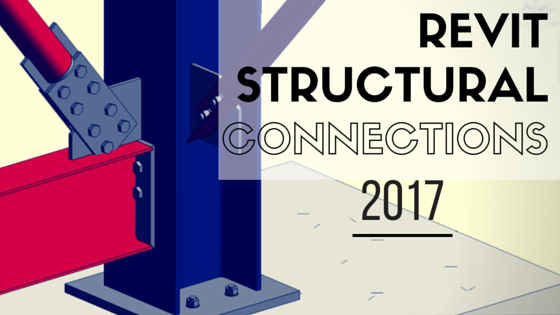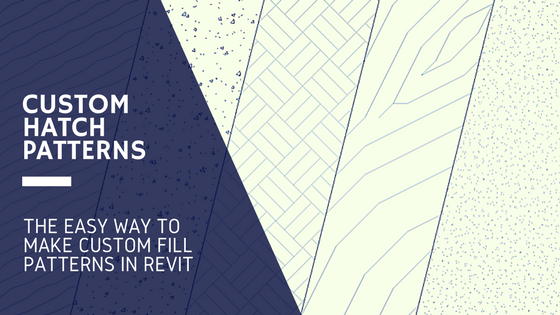Information is the foundation of knowledge, communication, and simulation on the internet. BIM has leveraged this capability to revolutionize the way we move from idea to construction, and Revit has led the way as the software of choice for the visualization and analysis of building information. But something is lost when we look at collaboration entirely through the lens of information sharing. People—real living humans with differing opinions and emotions—must evaluate all of this information and decide whether it will result in just the right experience for the future inhabitants of the space. Especially on large projects with a lot of stakeholders, it is fundamental that everyone involved has an experiential understanding of the building, preferably from the very early idea stage, straight through to construction.
I founded The Wild with the simple goal to humanize and optimize collaboration. We humanize by placing every user at the center of their own experience, rather than a device or content. From there, we ruthlessly optimize the efficiency of communicating ideas between the people that inhabit that space. We look at collaboration, not as the way we can share or view files and documentation, but rather, how we can share ideas by experiencing them together immersively.
The Wild is proud to further this mission through our new Revit Add-In. Our Add-In allows you to bring your Revit model into The Wild, enter into that model from a virtual reality headset, and evaluate it at human-scale. You can walk around it naturally, just like the experience of a walk-through post-construction.
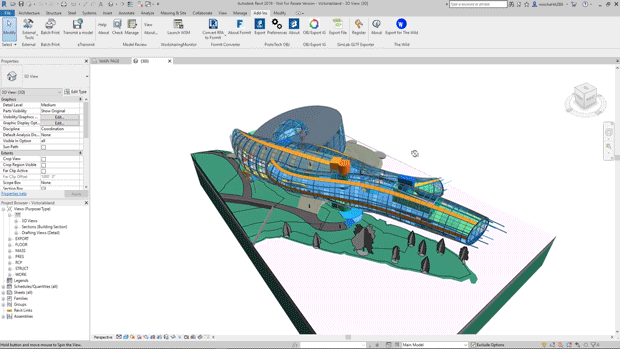
But that’s just the beginning. Sharing your model in The Wild enables you to cohabitate the space with your collaborators. Anyone with access can join using their own virtual reality headset and explore the space with you, whether they’re located in the same building or across the world. If your collaborator doesn’t have access to a headset, they can join from desktop mode on either Mac or Windows and navigate the space with a keyboard and mouse. Whether you’re in a VR headset or using a computer, you’re all sharing the space. We’ve gone to great efforts to make sure it’s as simple as possible for anyone to join a space, despite their level of expertise navigating 3D spaces.
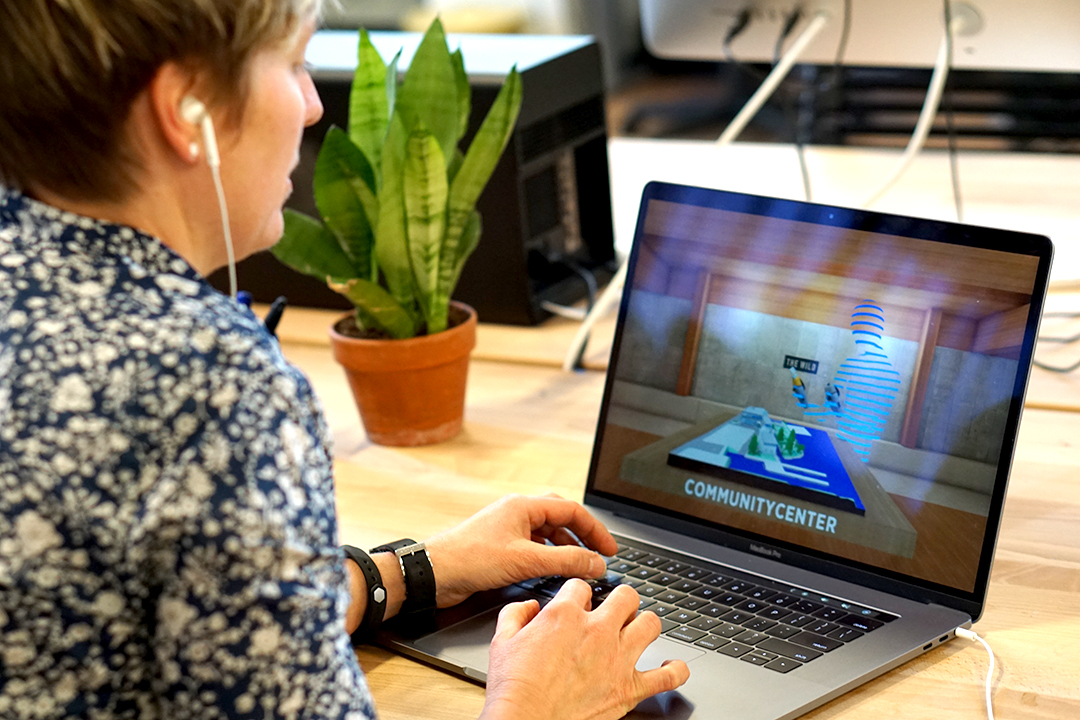
Not only can you see each other, talk to each other, and move through the environment, you can also manipulate the environment and prototype new ideas together, in real time. The Wild offers a mixture of presentation, prototyping, and collaboration so that you’re not looking at something fixed and static, but experiencing something dynamic and ideating together inside.
Experiencing your Revit model with your team is magical, but there is still another missing piece to a true experiential understanding of your idea: the location. At some point, this design will be built physically, and so the ability to bridge the virtual-to-physical divide is incredibly important, not only to experience the design, but to experience it in context. To bridge this divide, you can view any space in The Wild from an iPad or iPhone in augmented reality. Augmented reality enables you to look at your Revit model literally projected into a physical place. For instance, if you’re designing a condo on an empty lot, you can physically go to that lot, open The Wild on your iPad, and you will see the virtual model projected into the lot in front of you. In this mode, you can physically walk all around the building, looking at your design in conjunction with the surrounding environment, as if it were constructed right there in front of you. And again, it’s not just a static visualization—anyone in the space in VR, AR, or desktop can talk with you, and any changes made will be replicated across all of these devices in real time, regardless of your location.
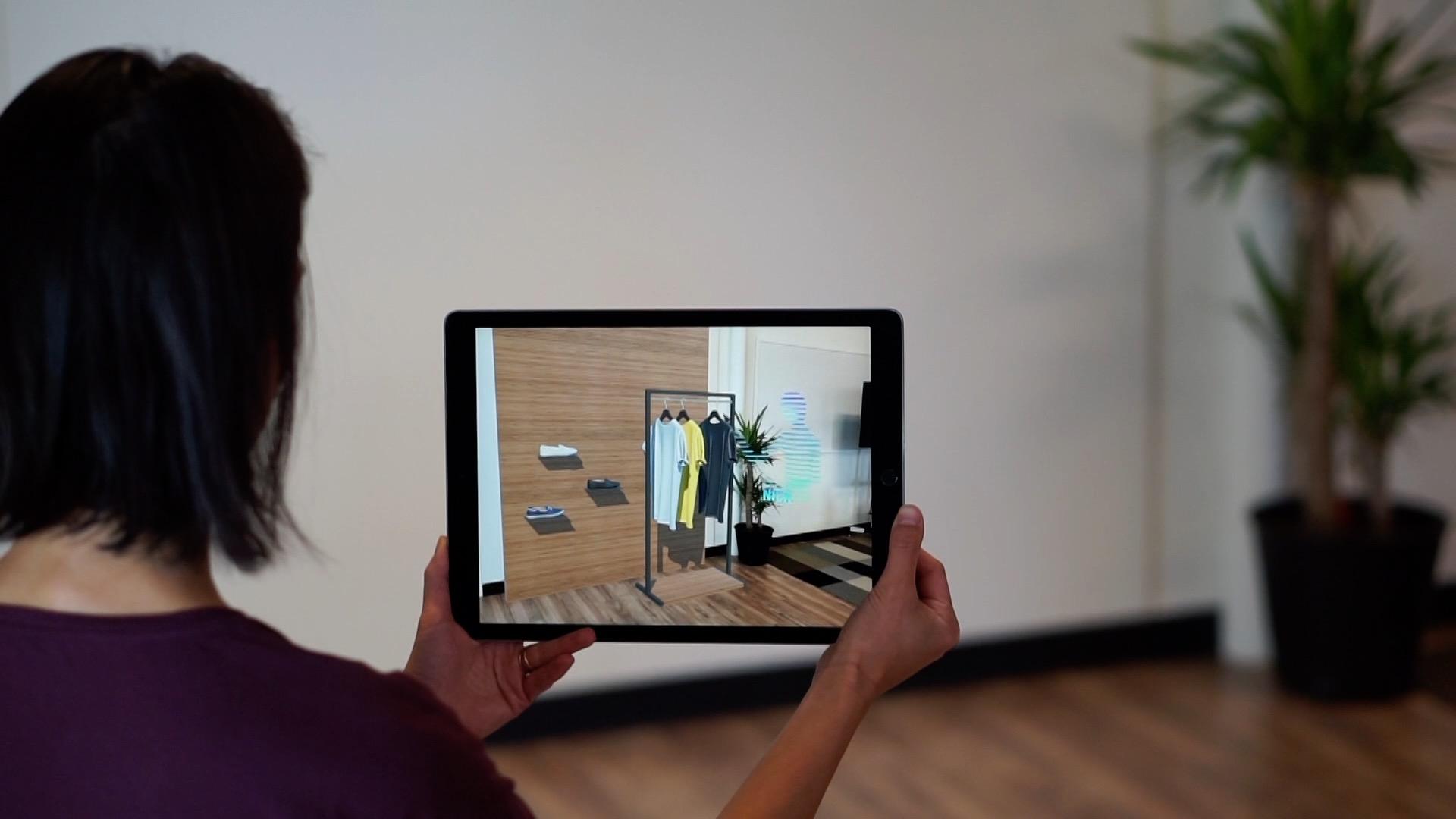
So that’s the real promise: this amazing capability that connects people, the virtual, and the physical. The Wild takes a Revit model and merges in people, inviting the whole team to join inside of the design. Then you can project all of those people and that design into a physical place, so you’re looking at everything in context.
There’s an underlying purpose here that far outweighs the magic of it. When you’re looking at things in context and experiencing them together, you’re able to understand your design so much better than you could without all of those things being connected. You can understand what it looks like, what it feels like, and how it slots into the environment that will surround it once it’s physically built out.
All of these things in combination allow you to make better decisions early in the design process, when changing an idea is a lot easier, faster, and less expensive. This will free your team to experiment and iterate more efficiently, so you can ultimately get to the big idea.
Our beta release of The Wild Revit Add-In allows you to export any view in Revit into The Wild. You choose your view in Revit and export it over to The Wild—it’s that easy. Export the entire model, or take a section view of it, so you can dynamically choose what you want to view. Behind the scenes, we will optimize the model for efficient streaming and real-time simulation, so you can experience it from a variety of different devices and network configurations.
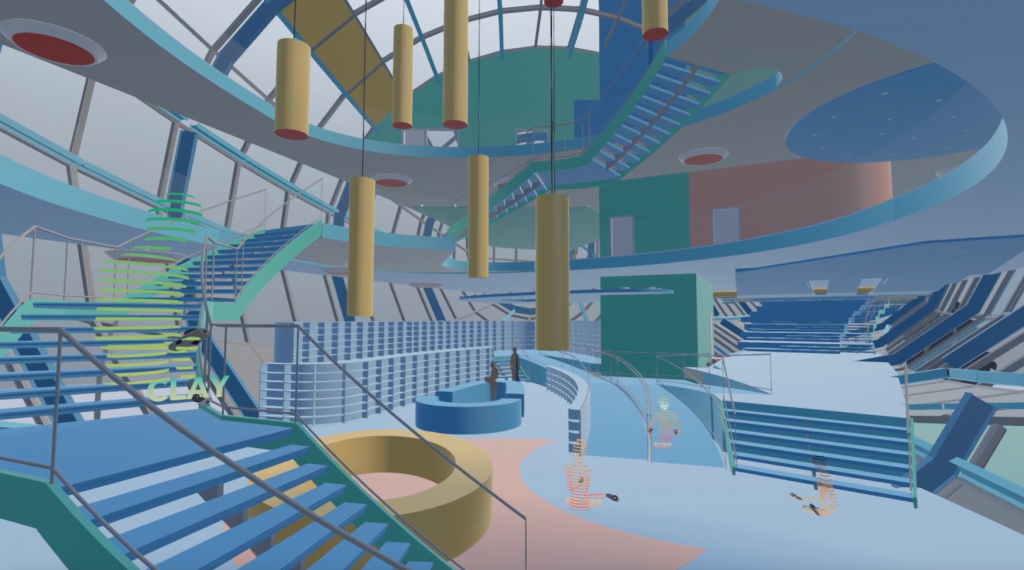
We often get asked about the learning curve for designers or architects who want to use virtual reality to experience their Revit models, but don’t have much experience with it. In many ways, virtual reality is much easier to learn than any 2D design tool because you’re able to leverage a lot of skills that you already have from moving through the world physically. If you want to grab something, you reach out with your hand and grab it. If you want to move it, you don’t have to think about what axis you want to move it on or how to shift your view. You just turn your head around, grab something, and move it— exactly like you would in everyday life.
So the initial learning curve for stepping in and navigating the environment is much less than other digital mediums. But while natural, you simultaneously have supernatural capabilities in The Wild. You can scale your body to giant size, fly around, and move through walls. All of that interaction still relies on the same fundamentals of using your hands, your body, and tools that we provide to move through and manipulate the environment.
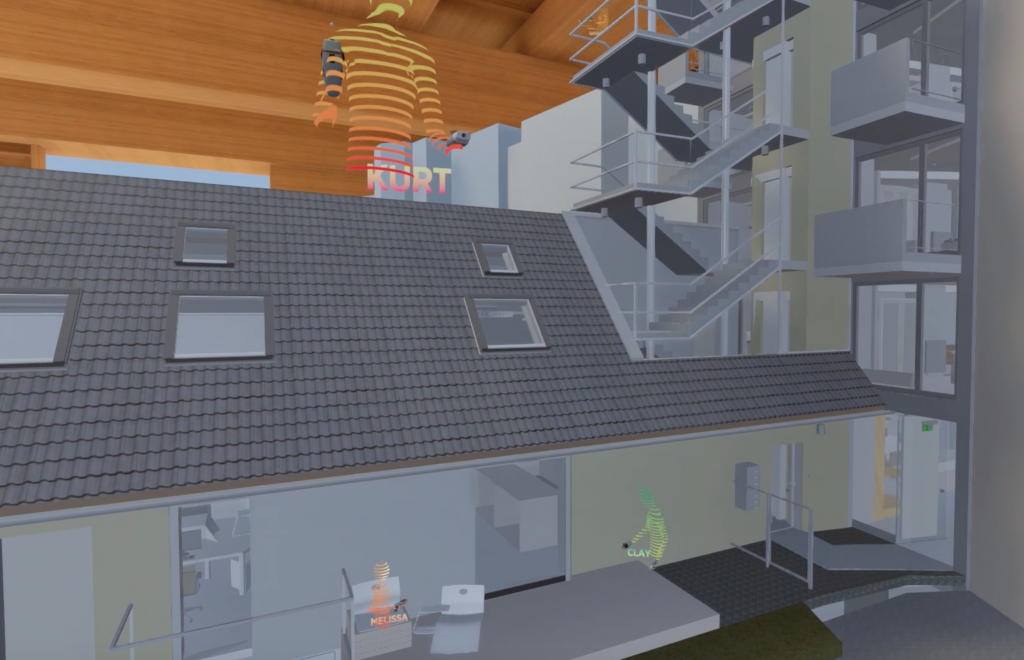
This is just the beginning of what you can expect from our integration with Revit. We’ve got some really exciting improvements that we’ll be rolling out over the next few months. Sign up for our mailing list to stay up to date.
You can request a demo or get started with a trial of The Wild at thewild.com.

